Product Review: Technical Readout 3039 (BattleTech)
4 Minute Read
Nov 13 2011

Advertisement
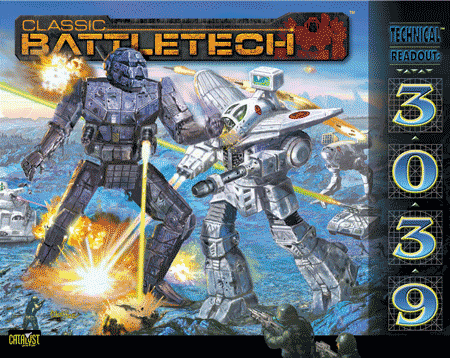 Hey, y’all, Voices here with another product review for the BattleTech game, published by Catalyst Game Labs. This time, we’re taking a look at the setting-unit book Technical Readout: 3039.
Hey, y’all, Voices here with another product review for the BattleTech game, published by Catalyst Game Labs. This time, we’re taking a look at the setting-unit book Technical Readout: 3039.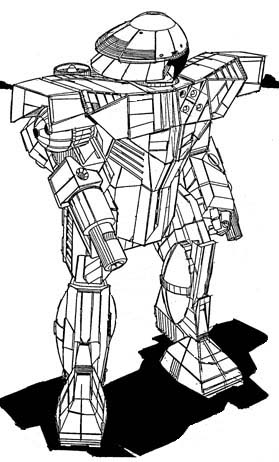
When BattleTech was first published in ’86 (as BattleTech; 1984’s first edition was actually titled Battledroids) by FASA Corporation, among the very first books FASA published was a thin, long-page-style book titled Technical Readout: 3025. This book had dozens of new ‘Mechs in it and expanded vastly the background for those ‘Mechs included in the original box set; in addition, it had about twenty new Aerospace fighters, four DropShips, and a dozen or so representative vehicles. It was followed shortly by Technical Readout: 3026; but TRO 3025 holds pride of place as the gateway product that got a lot of people into not just BattleTech, but gaming in general. I personally am a part of that group, and still reference my aging TRO 3025 copy when writing scenarios.
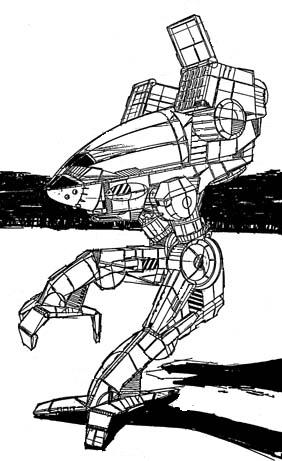
Sadly, TROs 3025, 3026, and the updated versions of both are no longer in publication. In 2008, they were superseded by a new TRO, Technical Readout: 3039. As with all the previous TROs, 3039 is printed from an in-setting point of view, presented as a historical document from the 3070s, looking back and examining the common units of that time. It has all the units from 3025 and 3026, many of the designs from the short-production Technical Readout: 2750, and several standard-tech models of ‘Mechs (prototypes or recently entered production at that “historical” in-setting point) that didn’t exist until the 1991 publication of Technical Readout: 3050.
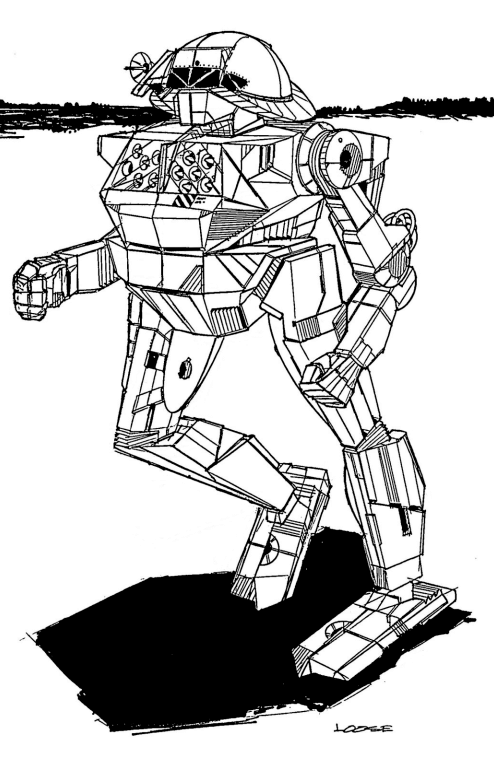
The background of the book is that it is a corrected and collected version of 3025, 3026, and 2750, produced to expiate many of the “outright disinformation” present in the older books for the public. The volume has old favorites such as the Catapult, Trebuchet, and Javelin; nearly-extinct Star League models like the Mongoose and Black Knight; and the prototypical models of the Raven, Wolfhound, Hatchetman, Hatamoto series, and Mauler (this last is named the Daboku). At the back, in grayed “computer display” pages, are the classic Unseen models (if you have to ask what an Unseen is…), with silhouettes of their Project Phoenix redesigns; so no, you won’t miss out on your Phoenix Hawks, Marauders, and Battlemasters.
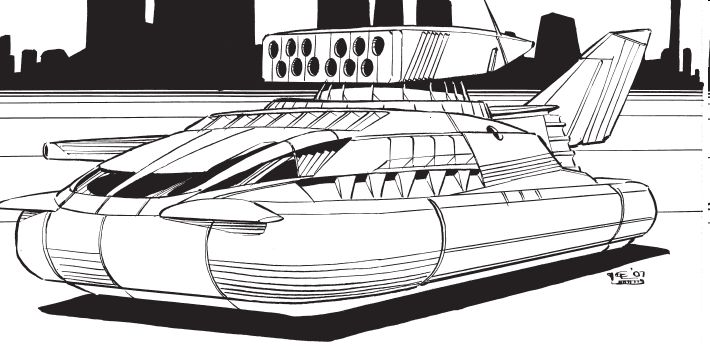
It also has the reprint of aerospace fighters, a chapter devoted to conventional atmospheric fighters (and, save for not being space-capable, some of them are downright terrifying), and combat vehicles. In short, it’s the basic-tech TRO that now emphasizes that–more than ever–BattleTech is supposed to be a combined-arms game.
And, as the baseline, it’s something that every serious BattleTech player should have in their collection of books. 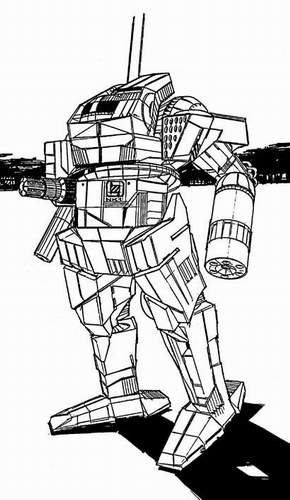
Unfortunately, there is something it lacks; and that something is necessary: the book, like all TROs, has absolutely zero record sheets included. It presents the stats of everything present, from weight to speed to armor distribution to weapons placement; but the player has to either purchase the record sheets (Record Sheets 3039 Unabridged is available online from Catalyst Games at classicbattletech.com), or copy off the blank record sheet in their introductory boxed set and painstakingly fill it (or them…) out. Most competitive players who don’t give a whit for fluff will take a pass on this; and that’s fine…TROs are after all not strictly necessary to play the game. The difference is the sort that exists between the Space Marine codex and the old Index Astartes collected volumes that GW published years ago; you don’t need the latter, it mainly exists to flesh out the various marine chapters.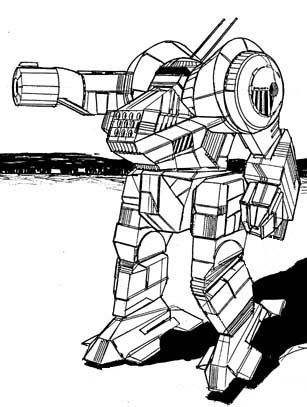
There is another problem with the book; and it’s less with content and more with timing. At the time of this review, Technical Readout: 3039 is nearly three years old. Odds are, if you’re reading this and thinking “I could play this game!” or “I could get back into this game!”, then it’ll be a good fit for you; but if you’ve never stopped playing and haven’t been living under a rock since Y2K, you probably already have it on your shelf.

Unfortunately, there is something it lacks; and that something is necessary: the book, like all TROs, has absolutely zero record sheets included. It presents the stats of everything present, from weight to speed to armor distribution to weapons placement; but the player has to either purchase the record sheets (Record Sheets 3039 Unabridged is available online from Catalyst Games at classicbattletech.com), or copy off the blank record sheet in their introductory boxed set and painstakingly fill it (or them…) out. Most competitive players who don’t give a whit for fluff will take a pass on this; and that’s fine…TROs are after all not strictly necessary to play the game. The difference is the sort that exists between the Space Marine codex and the old Index Astartes collected volumes that GW published years ago; you don’t need the latter, it mainly exists to flesh out the various marine chapters.

There is another problem with the book; and it’s less with content and more with timing. At the time of this review, Technical Readout: 3039 is nearly three years old. Odds are, if you’re reading this and thinking “I could play this game!” or “I could get back into this game!”, then it’ll be a good fit for you; but if you’ve never stopped playing and haven’t been living under a rock since Y2K, you probably already have it on your shelf.
In spite of these two issues, I still highly recommend this volume. It’s produced well, with good binding, quality paper, and the evocative art that’s always been a part of BattleTech. And it sets the baseline for units in the game. From here, everything goes up, starting with the follow-on Technical Readout: 3050 Upgrade that introduces to new players the Clans and the technological leaps they possess.
So that’s it for this review. Hope it’s piqued your interest in this little game that’s been around forever. As bigred has said, “Not many people play it anymore; but almost everyone remembers and loves it.” Let’s see if we can correct the first part of that statement, shall we?
Rating: 5/5
Author: Guest Columnist
Advertisement




